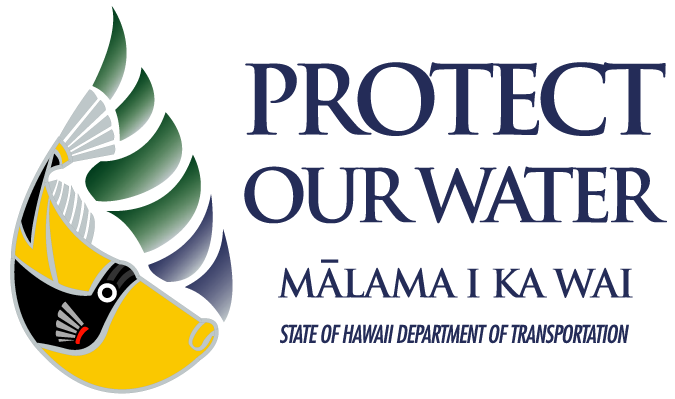Small actions can lead to big change. Whether it’s identifying the destination of household downspouts, recycling, or changing how cars are washed, we can all help prevent storm water pollution from entering Oahu’s water resources.
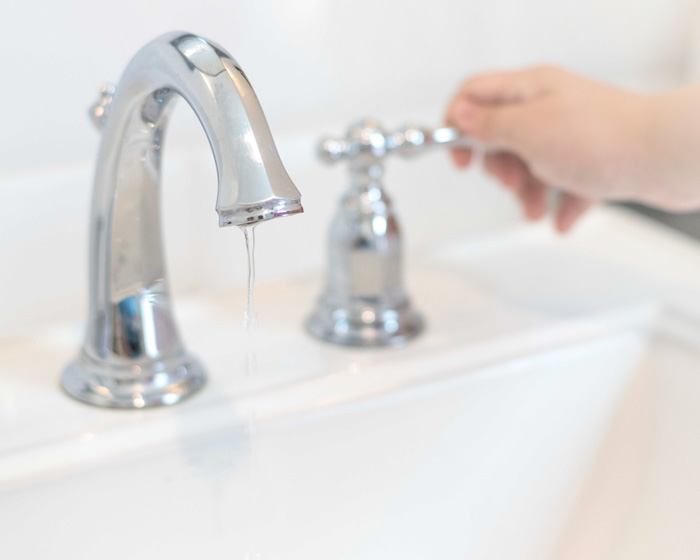
Turn Off the Tap
Don’t let water run during daily activities such as brushing your teeth or washing dishes.
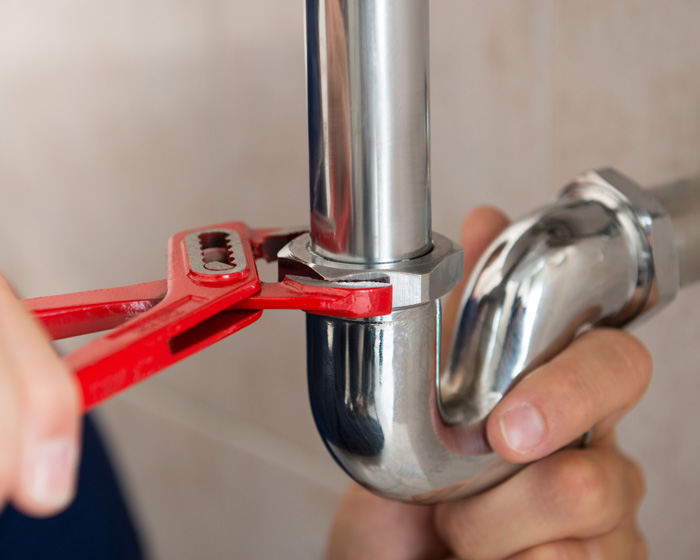
Stop Any Household Leaks
Help conserve water by identifying any household leaks that may be coming from your pipes and faucets. Replace any part needed to prevent unintentional dripping. Also be sure to check your outdoor pipes and faucets, as well as the nozzle of your garden hose.
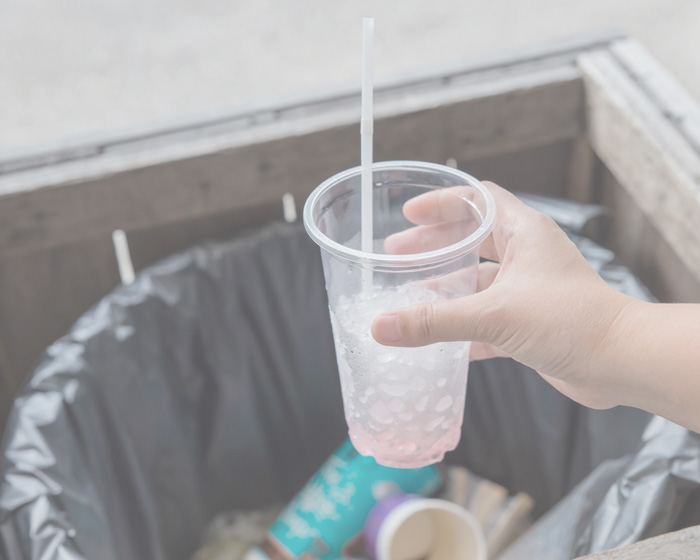
Don't Pollute
Don’t dump or throw anything into a storm drain inlet along the highways or streets. Also, if conditions are safe, pick up any rubbish along your sidewalk or street. Anything that enters into a storm drain will go directly into the ocean or the nearest stream.
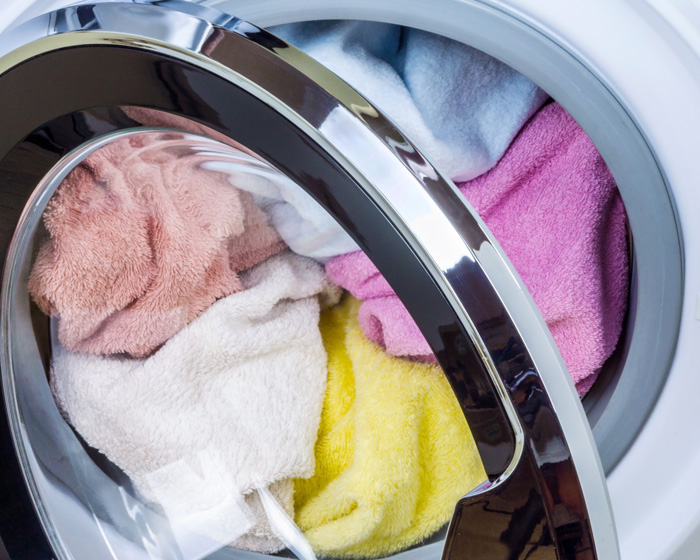
Change Your Habits
Implementing water saving habits into your daily routine will not only conserve water resources, but may also lower your utility bill. Limiting showers to five minutes, using the dishwasher or washer machine only for full loads, less frequent toilet flushing, and reducing the amount of water consumed during peak hours, usually mid-day to evenings, are all ways to save water. Tracking water usage may also reduce the use of unnecessary water, which may leak and enter the storm drain system.
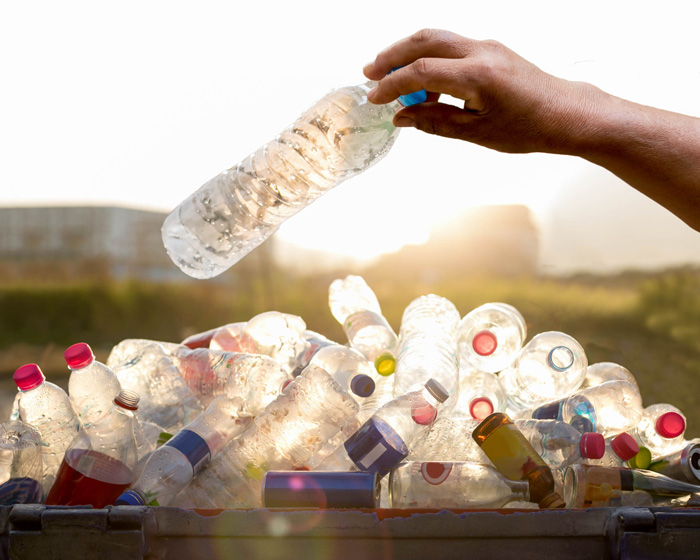
Recycle
Placing recyclable items in the proper bin will help keep debris off the highways and roadways, and out of our landfills.
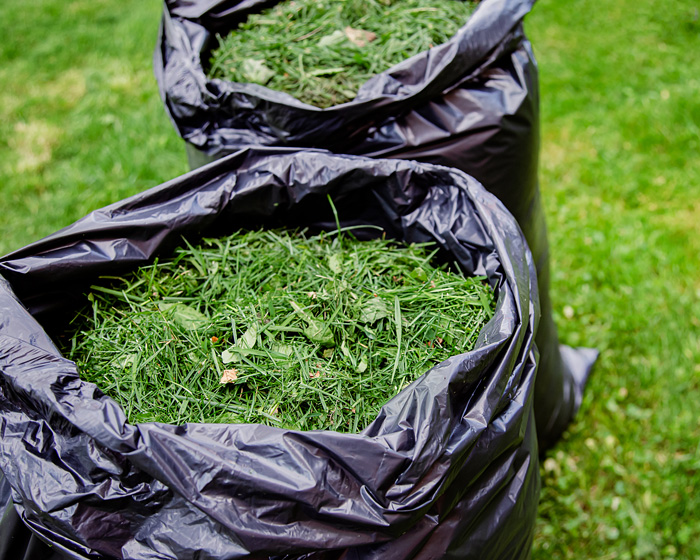
Use A Leaf Bag
To prevent leaves and cut grass from being blown or carried into the storm drain system, collect and store your organic debris in a leaf bag.
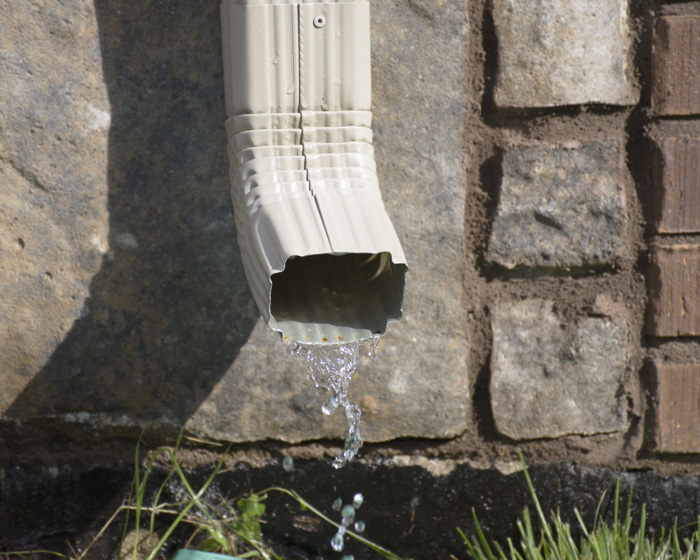
Identify Downspouts
Find out how many downspouts are on your property and where they discharge to. Some may discharge directly onto a paved surface that leads directly to a storm drain inlet, increasing the chance of polluted storm water entering the storm drain system.
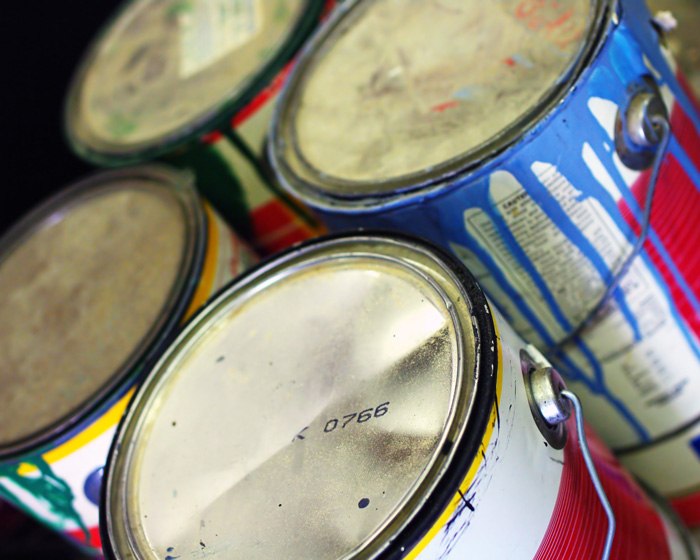
Use & Dispose of Chemical Products Properly
Chemicals such as fertilizers, pesticides, paints, and motor products can pose a great threat to the marine environment. Use only as necessary and be sure to properly store and dispose of hazardous chemicals. For more information, click here.
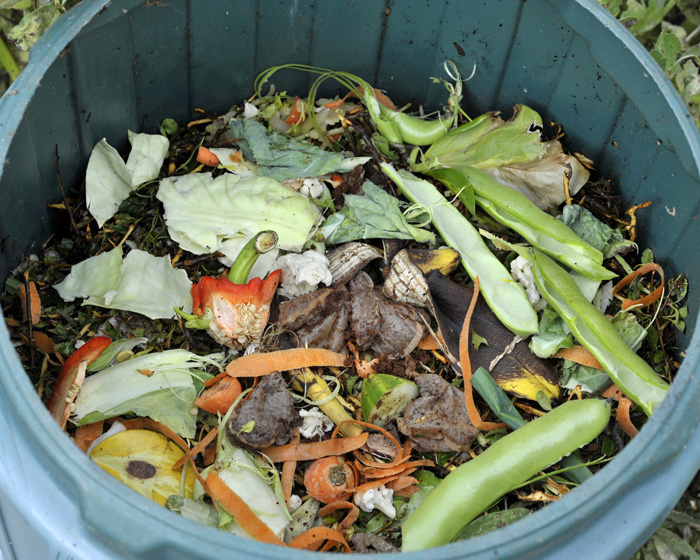
Compost
In addition to providing the soil with micro and macronutrients that help encourage plant growth, compost helps improve soil structure and prevents soil erosion from your garden.
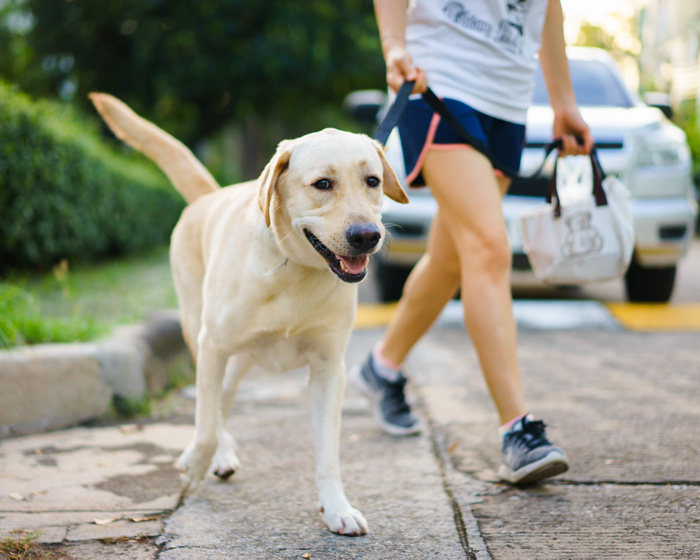
Pick Up Pet Waste
Pet waste left on the ground can be transported by storm water into the storm drain system and discharged directly into streams and the ocean. Bacteria may enter these water bodies and create water conditions that are unsuitable to drink and/or swim in.
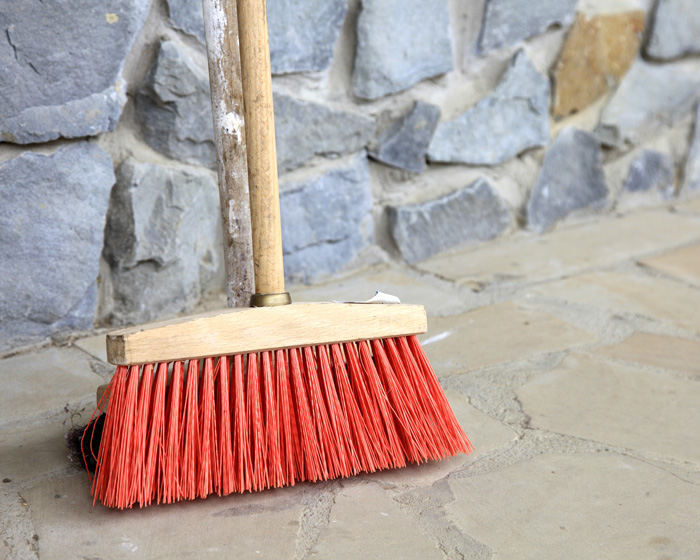
Avoid Using Water to Clean Your Driveway
Using water to clean up your driveway will direct sediment and chemicals that are on your driveway directly to the nearest storm drain inlet, and ultimately into the ocean. Use a broom instead and make sure to place unwanted debris in your trash bin.
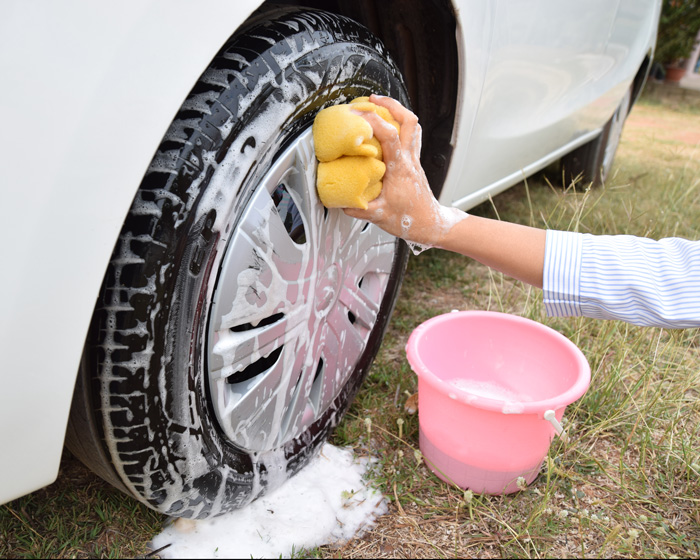
Wash Your Car in a Green Way
Washing your car on an impervious surface such as a concrete driveway will carry dirty, soapy water along with any other pollutants into the nearest storm drain. Instead, wash your car on the grass or any area that allows water to infiltrate into the ground. A commercial car wash is another alternative as they recycle the wash water.
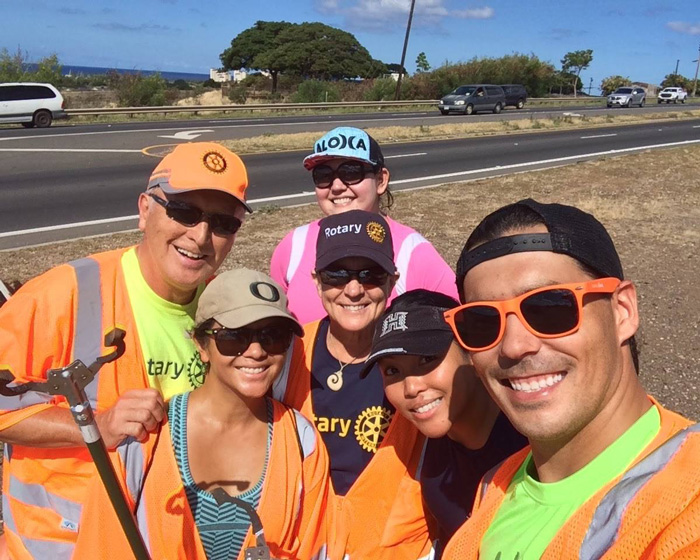
Get Involved
Find out what activities are taking place in your community to prevent pollution, whether it is a beach cleanup or an erosion control project, and get involved!
